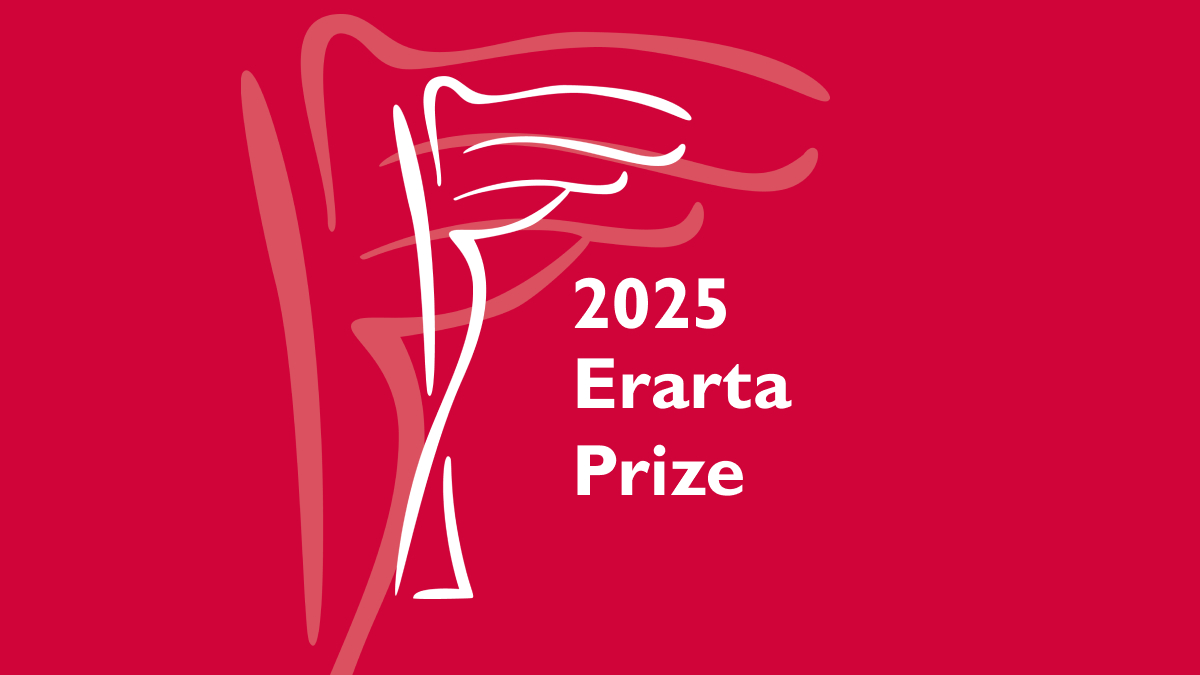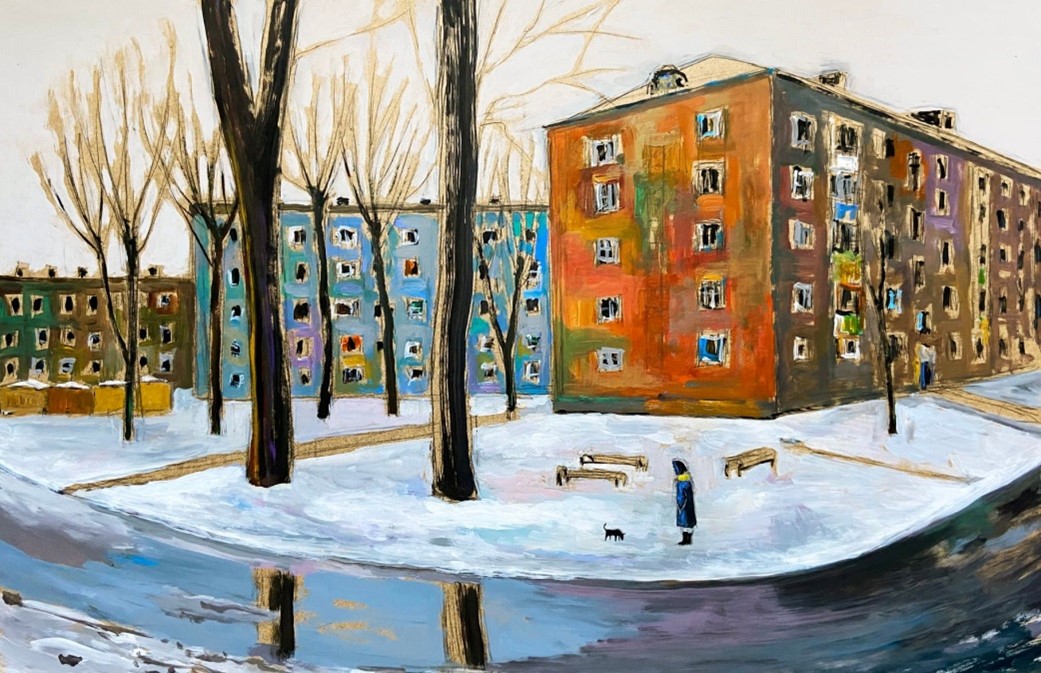Erarta Museum presented an exhibition “Metronomikon” by Alexey Andreev
Alexey Andreev’s exhibition in Erarta is a phenomenon no less surprising than the post-industrial environments of his digital landscapes. Andreev belongs to that hermetic group of “mouse and tablet” masters, whose works rather travel through the pages of special editions, forums, and entertainment websites, than stop by an exhibition hall. Almost every Russian Internet user experienced that sunny artist’s worlds, where brontosaurus are crowding by the Ikaruses bus stop, and where an old lady waiting for a flying train, is having fun, releasing orange fish-clowns from her checkered bag. His last work is difficult to miss, since it is a full-length animated version of the legendary “Kin-Dza-Dza”. Under the direction of maestro Georgi Daneliya, Andreev became the art director of the backgrounds and the concept artist. It feels that Andreev’s fantasy worlds, filled with recognizable household items, are genetically related to the magical reality of Daneliya’s parable.
“Zone” series presented at the exhibition brings to mind famous texts of Soviet science fiction: the novel “Roadside Picnic” by Strugatsky Brothers and the film “Stalker” by Andrey Tarkovsky. The main character of the film, searching for the sacred knowledge, utters the following revelation: “In the past the future was only continuation of the present, and all the changes were looming somewhere out there, beyond the horizons. And now the future has merged with the present. Are they ready for this? They don’t want to know anything! They’re only g-u-t-ing!” The present and its fragments, anticipating the future, often become main subjects of science fiction. Science fiction writers and avant-garde artists are no one else but stalkers, driven by the thirst for knowledge and eager to go somewhere, where they were not invited. In his creative manifesto Andreev proclaims the triumph of the irrational, which has became luxury since the time of psychoanalysis. The gates to the subconscious were long ago opened with the master key of archetypal images. But these tools turned to be useless for opening the unconscious of a man, firmly convinced that our world is not the only possible, and that the line between the worlds becomes permeable when it grows dusk.
Fiction as we know it and protagonist with the “twilight consciousness” originate from the Romantic tradition. The heroes of E.T.A. Hoffmann, N. Gogol, and A. Kubin belong to conditional artistic reality, reminiscent of the real world. The artists inhabit the recognizable, clearly sculpted reality, with the most bizarre images and incredible phenomenon, plunging harmless officials and ordinary people into panic. Spectator value and popularity of such texts lie precisely in the effect of likelihood — “non-fiction fiction” or “magical reality”. The most charming surreal images are hidden neither in medieval demonology, nor in psychological books. Their nature lies on the dark side of the human consciousness. This kind of journey offers us Alexey Andreev. An ordinary urban underground is not really an underground. The life of provincial town with built-gray panel houses transforms after visit of giant mushrooms. At the same time, the landscape of boundless Soviet five-story architecture does not leave our TV screens, leaving us less and less hope that the future is not completely merged with the present.







